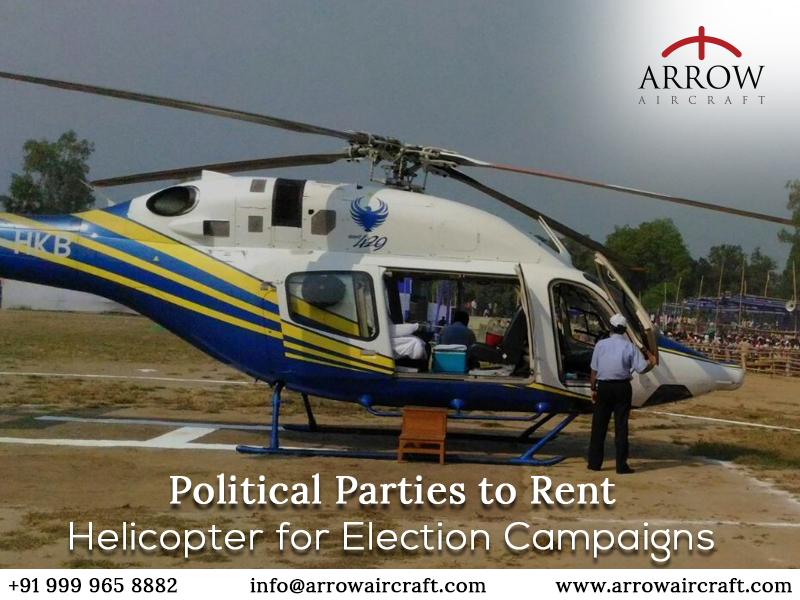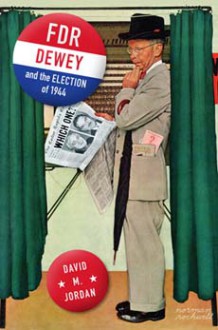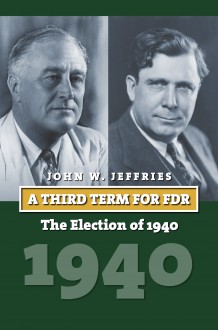 Charter helicopter for political parties is common today. The main reason is to quickly reach the maximum number of voters for a different consistency. Arrow Aircraft offers political helicopter booking in India, which is an essential security requirement. Special attention is paid to the safety, luxury and safety of VIPs. In general, helicopters reserve political parties one year in advance, but we are always ready to meet urgent needs. Helicopters are used to go directly to public gathering places. Helicopters play an important role in attracting large numbers of people to rural areas. We also offer fixed wing aircraft such as Falcon 7X, Falcon 2000, Global 5000, Hawker 900, Hawker 850, XLS Citation, B200 King Air and Citation Jet. BJP and Congress are the main parties for booking helicopters. Regional parties have also used a large number of aircraft. During the elections, states such as Uttar Pradesh, Bihar, Jharkhand, Madhya Pradesh and Maharashtra are very popular. You can also reserve a single-engine Bell 407, Augusta Westland. Bell 206B, its economic cost has also made it one of the most popular aircraft. Rashtriya Janata Dal, the main Janata dal united BJP and Congress is the main parties that hire helicopters during election campaigns for Lok Sabha election.
Charter helicopter for political parties is common today. The main reason is to quickly reach the maximum number of voters for a different consistency. Arrow Aircraft offers political helicopter booking in India, which is an essential security requirement. Special attention is paid to the safety, luxury and safety of VIPs. In general, helicopters reserve political parties one year in advance, but we are always ready to meet urgent needs. Helicopters are used to go directly to public gathering places. Helicopters play an important role in attracting large numbers of people to rural areas. We also offer fixed wing aircraft such as Falcon 7X, Falcon 2000, Global 5000, Hawker 900, Hawker 850, XLS Citation, B200 King Air and Citation Jet. BJP and Congress are the main parties for booking helicopters. Regional parties have also used a large number of aircraft. During the elections, states such as Uttar Pradesh, Bihar, Jharkhand, Madhya Pradesh and Maharashtra are very popular. You can also reserve a single-engine Bell 407, Augusta Westland. Bell 206B, its economic cost has also made it one of the most popular aircraft. Rashtriya Janata Dal, the main Janata dal united BJP and Congress is the main parties that hire helicopters during election campaigns for Lok Sabha election.
The main reason why helicopters and planes are a good choice for the election campaign is to quickly reach the maximum number of voters in different constituencies. Many places in India, particularly in the north-east, are difficult to reach because of the poor road network and railway network, which is why aircraft are the only means of rapid transportation. The case of air travel or helicopter travel also becomes very strong when the alternative is a very chaotic airport, flooded with people and constituting the slow road taken by roads or trains. If a politician were to travel to a place like Jaisalmer in Rajasthan to vote, he would first land in Jaipur on a commercial flight and then arrive by road. That would mean that two to three precious days of a cluttered electoral program are wasted in one place. In 2014, G. R. Gopinath, the promoter of Deccan Charters, said that even the politicians who campaigned two months ago could not cover about 200 constituencies after the end of the election. Arrow Aircraft, a leading choice for the rental of a country helicopter, pays special attention to aspects such as security, luxury and security of personalities. Most of the time, political parties reserve helicopters and planes a year in advance, but this air service provider is always ready to respond to the urgent needs and demands of the parties.
Arrow Aircraft offers helicopter for election campaign in India. Arrow Aircraft is a leading aviation company providing private aircraft services in Delhi. Your choice begins and ends with the pleasure of using our services. Now all your elections campaigns are just a few clicks away. Visit http://arrowaircraft.com for more information.

 Log in with Facebook
Log in with Facebook 








